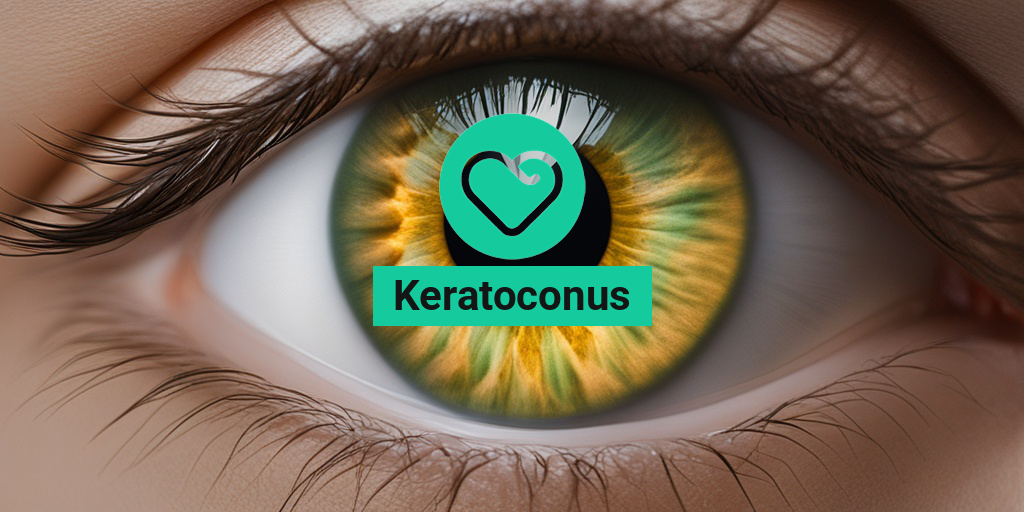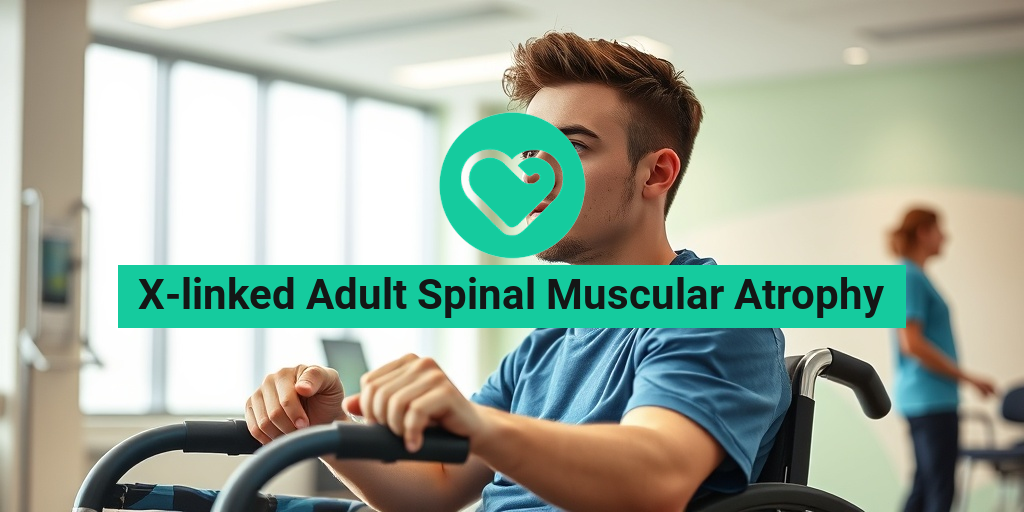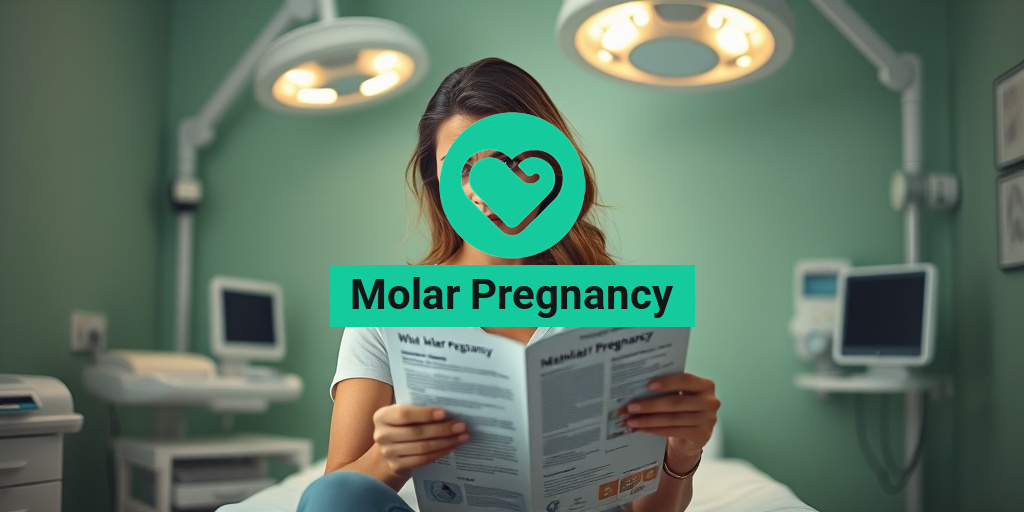“`html
What Is Keratoconus?
Keratoconus is a progressive eye condition that affects the shape of the cornea, the clear front surface of the eye. In a healthy eye, the cornea is dome-shaped, allowing light to enter and focus properly on the retina. However, in individuals with keratoconus, the cornea thins and bulges into a cone-like shape, leading to distorted vision and other complications.
Understanding the Causes
The exact cause of keratoconus is not fully understood, but several factors may contribute to its development:
- Genetics: A family history of keratoconus can increase the likelihood of developing the condition.
- Environmental Factors: Eye rubbing, exposure to UV light, and certain allergies may exacerbate the condition.
- Other Health Conditions: Conditions like Down syndrome, Ehlers-Danlos syndrome, and Marfan syndrome have been associated with keratoconus.
How Common Is Keratoconus?
Keratoconus is relatively rare, affecting approximately 1 in 2,000 people. It typically begins in the late teens to early twenties and can progress over a period of 10 to 20 years. Early diagnosis and treatment are crucial to managing the condition effectively.
Keratoconus Symptoms
The symptoms of keratoconus can vary from person to person and may change as the condition progresses. Here are some common symptoms to watch for:
Visual Disturbances
One of the most significant symptoms of keratoconus is distorted vision. This can manifest as:
- Blurry Vision: Difficulty seeing clearly, especially at night.
- Halos: Seeing halos around lights, particularly in low-light conditions.
- Double Vision: Experiencing double vision in one eye.
Changes in Eye Shape
As keratoconus progresses, the cornea’s shape changes, leading to further visual impairment. Patients may notice:
- Increased Sensitivity: Heightened sensitivity to light and glare.
- Frequent Prescription Changes: A need for frequent updates to glasses or contact lens prescriptions.
Physical Discomfort
Some individuals with keratoconus may experience physical discomfort, including:
- Eye Irritation: Persistent irritation or redness in the eyes.
- Rubbing Eyes: A tendency to rub the eyes, which can worsen the condition.
When to See a Specialist
If you notice any of these symptoms, it’s essential to consult a keratoconus specialist as soon as possible. Early intervention can help manage the condition and prevent further deterioration of vision. You can find a specialist near you by searching online or visiting resources like Yesil Health AI for evidence-based health answers.
In conclusion, understanding keratoconus and its symptoms is vital for early detection and treatment. If you or someone you know is experiencing these symptoms, don’t hesitate to seek professional help. Remember, the sooner you act, the better your chances of preserving your vision! 👁️✨
“`

“`html
Keratoconus Causes
Keratoconus is a progressive eye condition that affects the shape of the cornea, leading to distorted vision. Understanding the causes of keratoconus is crucial for early detection and management. While the exact cause remains unclear, several factors contribute to its development.
Genetic Factors
Research indicates that genetics play a significant role in keratoconus. Individuals with a family history of the condition are at a higher risk. If you have a parent or sibling diagnosed with keratoconus, your chances of developing it increase. Genetic mutations affecting collagen production in the cornea may lead to its weakening and bulging.
Environmental Influences
Environmental factors may also contribute to the onset of keratoconus. Prolonged exposure to UV light, for instance, can weaken the corneal structure. Additionally, frequent eye rubbing, often due to allergies or irritation, can exacerbate the condition. It’s essential to protect your eyes from harmful environmental elements to reduce the risk.
Other Medical Conditions
Certain medical conditions are associated with keratoconus. These include:
- Allergies: Conditions like hay fever can lead to eye rubbing, increasing the risk of keratoconus.
- Down syndrome: Individuals with this genetic disorder have a higher prevalence of keratoconus.
- Ehlers-Danlos syndrome: This connective tissue disorder can affect the cornea’s integrity.
Hormonal Changes
Some studies suggest that hormonal changes, particularly during puberty or pregnancy, may influence the progression of keratoconus. The fluctuations in hormone levels can affect the corneal structure, making it more susceptible to deformation.
Keratoconus Risk Factors
Identifying the risk factors for keratoconus can help in early diagnosis and treatment. While anyone can develop this condition, certain groups are more susceptible.
Age and Gender
Keratoconus typically manifests in the late teens to early twenties, although it can occur at any age. Interestingly, studies suggest that males may be more likely to develop keratoconus than females, although the reasons for this disparity are not fully understood.
Family History
As mentioned earlier, a family history of keratoconus significantly increases your risk. If you have relatives with the condition, it’s advisable to undergo regular eye examinations to monitor your corneal health.
Eye Conditions and Allergies
Individuals with pre-existing eye conditions, such as astigmatism or myopia, may be at a higher risk for developing keratoconus. Additionally, those with allergic conditions that lead to frequent eye rubbing are also more susceptible. Managing allergies effectively can help reduce the risk.
Environmental and Lifestyle Factors
Environmental factors, such as exposure to UV light and air pollution, can increase the risk of keratoconus. Furthermore, lifestyle choices, including smoking and poor nutrition, may also contribute to the development of this condition. Maintaining a healthy lifestyle and protecting your eyes from harmful elements can be beneficial.
Other Health Conditions
As previously mentioned, certain health conditions can elevate the risk of keratoconus. If you have any of the following, it’s essential to be vigilant:
- Connective tissue disorders like Ehlers-Danlos syndrome
- Down syndrome
- Retinitis pigmentosa
In conclusion, understanding the causes and risk factors of keratoconus is vital for early detection and effective management. If you suspect you may be at risk, consult with a keratoconus specialist for a comprehensive evaluation and personalized care. 🩺👁️
“`
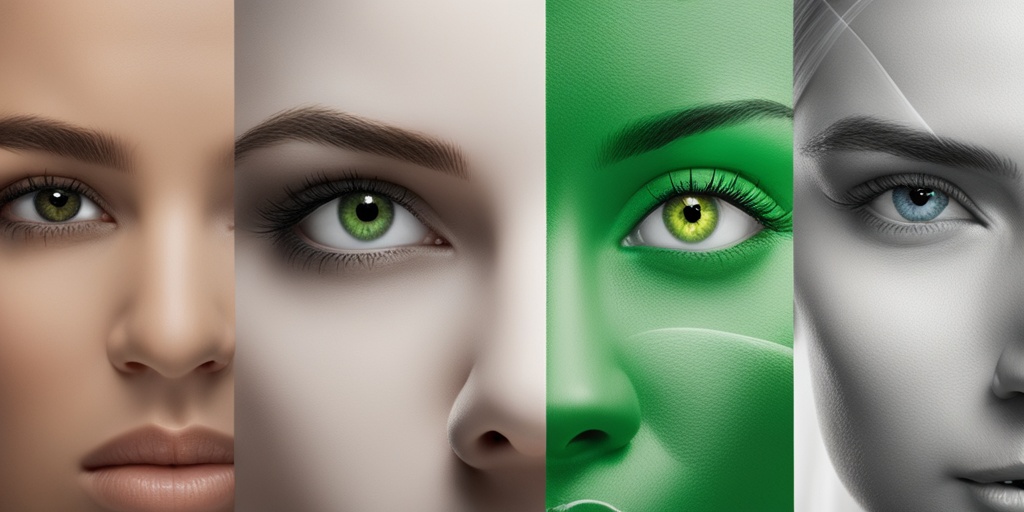
“`html
Keratoconus Diagnosis
Keratoconus is a progressive eye condition that affects the shape of the cornea, leading to distorted vision. Early diagnosis is crucial for effective management and treatment. But how is keratoconus diagnosed? Let’s explore the process.
Understanding the Symptoms
The first step in diagnosing keratoconus often begins with recognizing its symptoms. Common symptoms include:
- Blurred or distorted vision: This is often the first noticeable sign.
- Increased sensitivity to light: Many patients report discomfort in bright environments.
- Frequent changes in prescription glasses: Those with keratoconus may find their vision fluctuates, requiring frequent updates to their eyewear.
- Halos around lights: This can be particularly noticeable at night.
Comprehensive Eye Examination
If you suspect you have keratoconus, the next step is to visit an eye care professional. A comprehensive eye examination typically includes:
- Visual acuity test: This measures how well you can see at various distances.
- Corneal topography: This advanced imaging technique maps the surface of your cornea, revealing any irregularities in shape.
- Pachymetry: This test measures the thickness of the cornea, which can help assess the severity of keratoconus.
Referral to a Specialist
If keratoconus is suspected, your eye doctor may refer you to a keratoconus specialist for further evaluation and management. These specialists have advanced training and experience in treating this condition, ensuring you receive the best care possible.
Keratoconus Treatment Options
Once diagnosed, the next step is to explore treatment options for keratoconus. The choice of treatment depends on the severity of the condition and the individual needs of the patient. Here are some common treatment options:
1. Eyeglasses and Contact Lenses
In the early stages of keratoconus, eyeglasses may be sufficient to correct vision. However, as the condition progresses, many patients find that contact lenses provide better vision correction. Options include:
- Rigid Gas Permeable (RGP) lenses: These lenses are often recommended for keratoconus as they provide a smooth surface for light to enter the eye.
- Scleral lenses: These larger lenses vault over the cornea and rest on the white part of the eye, providing comfort and improved vision.
2. Corneal Cross-Linking (CXL)
Corneal cross-linking is a minimally invasive procedure designed to strengthen the cornea. During this treatment, riboflavin (vitamin B2) drops are applied to the cornea, followed by exposure to ultraviolet light. This process helps to stabilize the cornea and slow the progression of keratoconus.
3. Intacs
Intacs are small, curved inserts that are placed in the cornea to help reshape it. This option is typically considered for patients who are not suitable candidates for a corneal transplant but still require surgical intervention to improve vision.
4. Corneal Transplant
In advanced cases of keratoconus, a corneal transplant may be necessary. This procedure involves replacing the damaged cornea with healthy donor tissue. While this option can significantly improve vision, it is usually considered a last resort after other treatments have been explored.
5. Ongoing Monitoring and Support
Regardless of the treatment chosen, ongoing monitoring by an eye care professional is essential. Regular check-ups can help track the progression of keratoconus and adjust treatment plans as needed. Additionally, support groups and resources can provide valuable information and community for those living with keratoconus.
In conclusion, early diagnosis and a tailored treatment plan are key to managing keratoconus effectively. If you experience any symptoms associated with this condition, don’t hesitate to consult with a specialist. Your vision is worth it! 👁️✨
“`
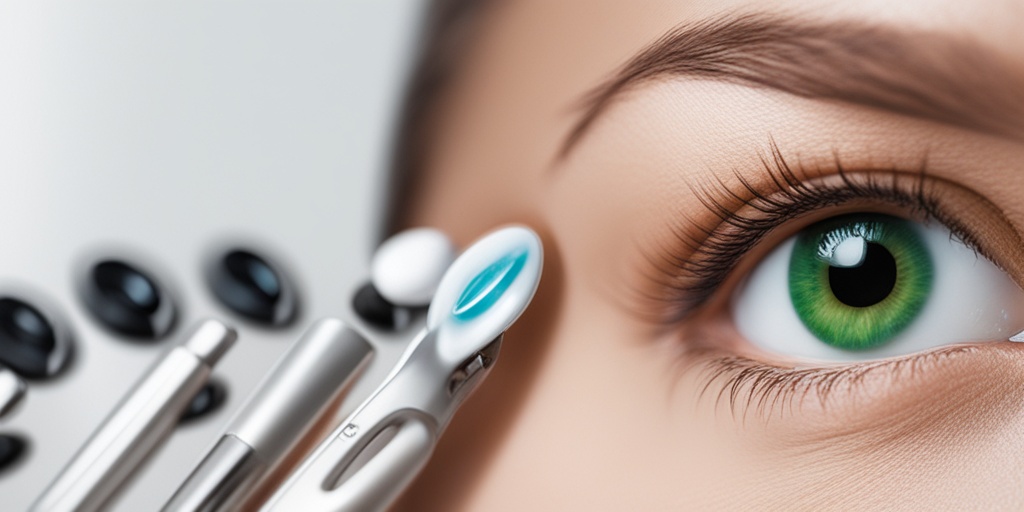
“`html
Keratoconus Management Strategies
Keratoconus is a progressive eye condition that affects the shape of the cornea, leading to distorted vision. Managing this condition effectively requires a combination of strategies tailored to the individual’s needs. Here, we explore various management options that can help improve vision and maintain eye health.
Understanding Keratoconus Symptoms
Before diving into management strategies, it’s essential to recognize the symptoms of keratoconus. Common signs include:
- Blurred or distorted vision
- Increased sensitivity to light and glare
- Frequent changes in prescription glasses
- Double vision
- Eye strain or discomfort
If you experience any of these symptoms, it’s crucial to consult a keratoconus specialist for a comprehensive evaluation.
Non-Surgical Management Options
For many individuals, non-surgical options can effectively manage keratoconus:
- Contact Lenses: Specialized contact lenses, such as rigid gas permeable (RGP) lenses or scleral lenses, can provide clearer vision by creating a smooth surface over the irregular cornea.
- Eyeglasses: In the early stages, glasses may help correct vision. However, as the condition progresses, they may become less effective.
- Vision Therapy: Some patients benefit from vision therapy, which can help improve visual skills and reduce eye strain.
Surgical Management Options
When non-surgical methods are insufficient, surgical interventions may be necessary:
- Corneal Cross-Linking (CXL): This procedure strengthens the cornea by using riboflavin and ultraviolet light, potentially halting the progression of keratoconus.
- Corneal Transplant: In severe cases, a corneal transplant may be required to restore vision. This involves replacing the damaged cornea with a healthy donor cornea.
- Intacs: These are small, curved inserts placed in the cornea to flatten its shape and improve vision.
Regular Monitoring and Follow-Up
Regular check-ups with your eye care professional are vital for monitoring the progression of keratoconus. Topography tests can help assess changes in the cornea’s shape and guide treatment decisions. Staying proactive about your eye health can lead to better outcomes.
Keratoconus Outlook and Prognosis
The outlook for individuals with keratoconus varies based on the severity of the condition and the effectiveness of management strategies. Understanding the prognosis can help patients make informed decisions about their treatment options.
Factors Influencing Prognosis
Several factors can influence the prognosis of keratoconus:
- Age of Onset: Keratoconus typically begins in the late teens to early twenties. Early diagnosis and intervention can lead to better outcomes.
- Severity of the Condition: The degree of corneal distortion affects visual acuity and treatment options. Early-stage keratoconus often has a more favorable prognosis.
- Response to Treatment: How well a patient responds to various management strategies can significantly impact their vision and quality of life.
Long-Term Vision Outcomes
With appropriate management, many individuals with keratoconus can maintain good vision. While some may experience fluctuations in vision, especially during the progression of the disease, advancements in treatment options have improved long-term outcomes. Regular follow-ups with a keratoconus specialist are essential to adapt treatment plans as needed.
Living with Keratoconus
Living with keratoconus can be challenging, but many resources and support groups are available to help individuals cope with the emotional and practical aspects of the condition. Engaging with others who understand the journey can provide valuable insights and encouragement. 🌟
In conclusion, while keratoconus presents unique challenges, effective management strategies and a positive outlook can significantly enhance the quality of life for those affected. Remember, early detection and proactive care are key to navigating this condition successfully.
“`

“`html
Frequently Asked Questions about Keratoconus
What is Keratoconus?
Keratoconus is a progressive eye condition where the cornea thins and bulges into a cone shape, leading to distorted vision. This condition typically affects both eyes and can result in significant visual impairment if not treated.
What are the common symptoms of Keratoconus?
- Blurred or distorted vision
- Increased sensitivity to light and glare
- Frequent changes in prescription glasses
- Halos around lights
- Eye strain or discomfort
How is Keratoconus diagnosed?
Diagnosis of keratoconus typically involves a comprehensive eye examination, including:
- Visual acuity tests
- Corneal topography to map the shape of the cornea
- Pachymetry to measure corneal thickness
What treatment options are available for Keratoconus?
Treatment for keratoconus varies based on the severity of the condition and may include:
- Glasses or soft contact lenses for mild cases
- Rigid gas permeable (RGP) lenses for moderate cases
- Scleral lenses for advanced cases
- Corneal cross-linking (CXL) to strengthen the cornea
- Corneal transplant in severe cases
Can Keratoconus affect my daily life?
Yes, keratoconus can significantly impact daily activities, especially those requiring clear vision, such as driving or reading. Many individuals find that their vision fluctuates, which can be frustrating. Regular check-ups with an eye specialist can help manage the condition effectively.
Is there a specialist I should see for Keratoconus?
It is advisable to consult an eye care professional who specializes in keratoconus or corneal diseases. They can provide tailored treatment options and ongoing management of the condition. You can search for a keratoconus specialist near you for personalized care.
What should I expect after Keratoconus surgery?
Post-surgery, patients may experience some discomfort and blurred vision initially. It is essential to follow the surgeon’s aftercare instructions and attend follow-up appointments to monitor healing and vision improvement.
Are there any lifestyle changes I should consider with Keratoconus?
While there are no specific lifestyle changes required, maintaining regular eye exams and protecting your eyes from UV light can be beneficial. Additionally, managing allergies and avoiding eye rubbing can help reduce symptoms.
Can I wear contact lenses if I have Keratoconus?
Yes, many individuals with keratoconus can wear contact lenses, particularly RGP or scleral lenses, which are designed to provide better vision correction. Consult with your eye care provider to find the best option for your needs.
Where can I find support for living with Keratoconus?
Support groups and online communities can be valuable resources for individuals with keratoconus. Sharing experiences and tips with others facing similar challenges can provide emotional support and practical advice.
“`

